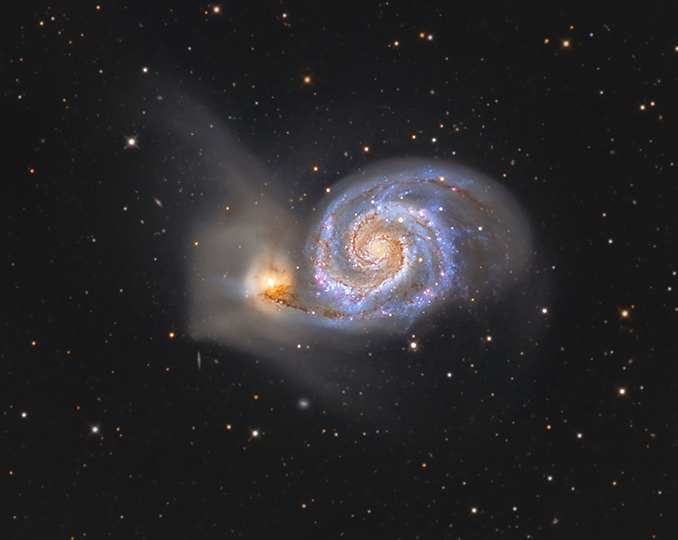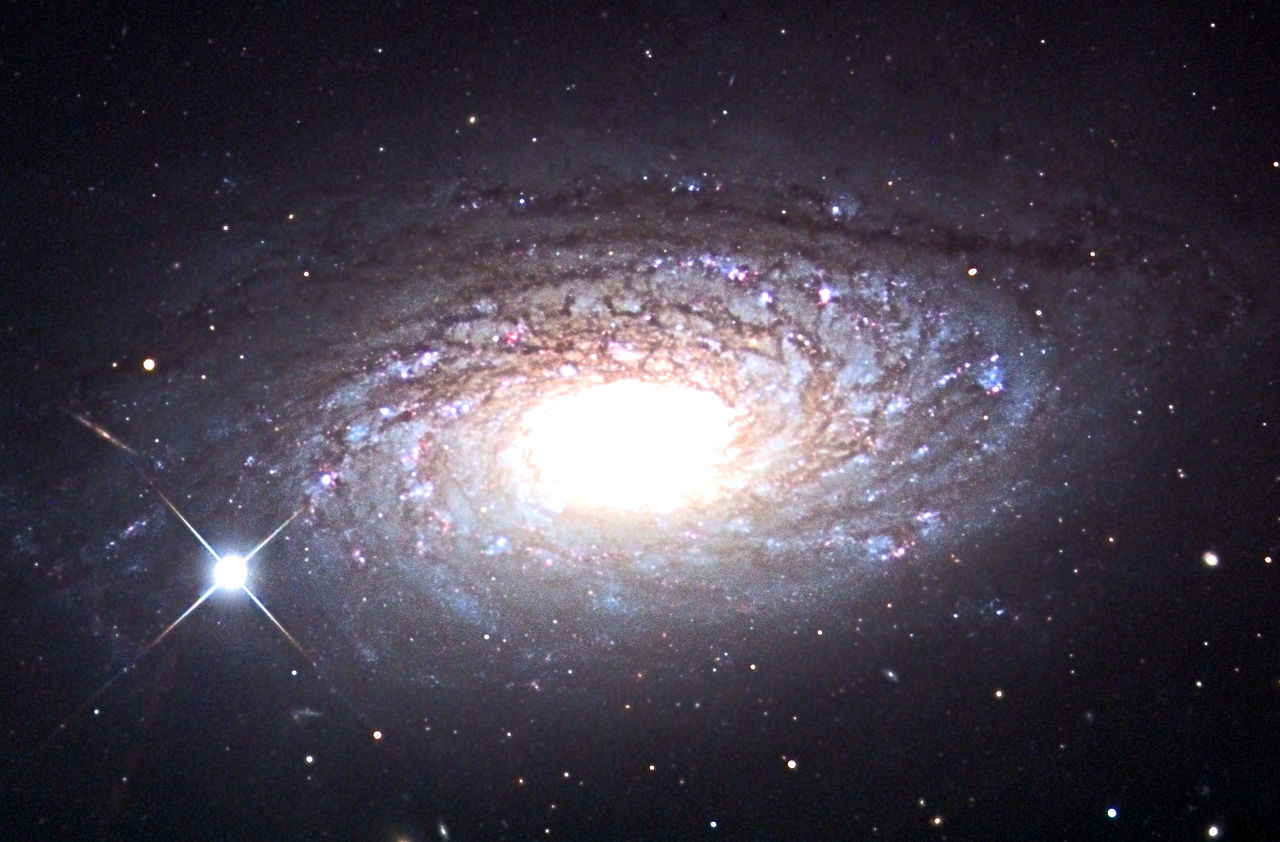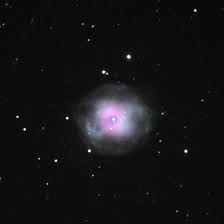STARLOG
BACK UNDER THE STARS
APRIL 10, 2018
| Observer: |
Tom Campbell |
| Location: |
College Station, Texas (Long: 96°17'W Lat: 30°37'N) |
| Telescope: |
Zhumell 12" f/5 Dobsonian |
| Eyepieces: |
Zhumell 30mm (51X)
Explore Scientific 18mm (84x)
Explore Scientific 11mm (138x) |
| Lenses: |
Celestron Luminos Barlow (2.5x) |
| Weather: |
60 degrees with a slight (6-8mph) breeze and a few high, thin clouds. |
| Seeing: |
2.1" |
| Transparency: |
0.1 mag/airmass dropping to 0.3 with slightly increased clouds |
My stargazing has been severely limited this year. Between clouds, wind and bright moon, there just hasn't been much opportunity to take my telescope outdoors. The last time I had my telescope set up to observe was on March 13, almost a full month ago.
Tonight, however, we were between storm systems and the moon happened to be out of the way for the evening, not rising until about 4:30am. The skies were clear and the transparency was decent. The seeing wasn't very good, but beggars can't be choosers.
I'll take it.
I began the evening re-aligning my finderscopes and collimating my mirrors. I had Zoomie at an indoor outreach event last week and children were playing with it. I don't mind the kids "exploring" and getting hands-on with my equipment as long as I'm watching
them to make sure nothing gets damaged.
I didn't really have an observing plan tonight, so just opened up my Pocket Sky Atlas and looked for interesting things to point at.
| τ Leo |
Leo |
Double Star |
10:10pm CDT |
|
Even at 84X, this pair of stars is widely separated. The primary is white and the secondary is a couple magnitudes fainter and is blue-white.
|
| |
| Σ 1540 |
Leo |
Double Star |
10:15pm CDT |
|
In the same field as Tau Leo is another pair of stars. They are about half as far apart as Tau Leo and the slightly brighter one appears yellow, while the fainter one is more yellow-orange. Combined with Tau Leo, this pair of doubles makes
for a nice view.
|
| |
I couldn't make out Coma Berenices with the naked eye tonight (no surprise there), but generally knew where it was located in the sky. I used the tail of Leo (Denebola) as a starting point to play around in the Coma/Virgo galaxies.
Not having a good map of the area with me, I didn't bother trying to log individual finds tonight, but it seemed like everywhere I pointed the background sky appeared mottled, indicating that some galaxies were on the verge of detection, but not really
showing themselves. That's a lot better than I usually get, so I spent a bit of time exploring some of the Messier galaxies in that area. This got me hungry for some nicer spiral galaxies, so I decided to look at a few nice ones in other parts of
the sky.
| M 51 (Whirlpool) |
CVn |
Interacting Galaxies |
10:40pm CDT |
 |
At 138X, I can easily see the cores of both NGC 5194 and NGC 5195, with some fuzzy light connecting them. I could not make out any spiral arms, but there is some mottling. A faint foreground star within the arms of NGC 5194 kept popping in
and out of view.
|
| |
| M 63 (Sunflower) |
Crv |
Spiral Galaxy |
10:45pm CDT |
 |
This is another galaxy that is fairly bright. A foreground star nearby outshines the galaxy but helps in locating it. The galaxy is irregularly shaped. With averted vision, the core is stellar but sometimes separates into 2 or 3 pieces. No
real detail was visible.
|
| |
| α CVn (Cor Caroli) |
CVn |
Double Star |
10:50pm CDT |
|
At 138X, the primary is a blinding, brilliant white and the secondary appears a magnitude or two fainter and is a pale yellow-white. Gorgeous!
|
| |
| γ Vir (Porrima) |
Vir |
Double Star |
11:00pm CDT |
|
It has been awhile since I looked at this one. At 345X, the double is cleanly split. Both members are of a similar magnitude and appear white. The seeing, however, was affecting the view and causing them to merge together into an elongated
star on occasion.
|
| |
| NGC 4361 (Lawn Sprinkler) |
Crv |
Planetary Nebula |
11:10pm CDT |
 |
At 84X, I could barely make out a large smudge. It is very big for a planetary nebula and the core is not quite stellar. It actually reminded me more of a face-on galaxy. At 138X, the core appeared stellar.
|
| |
| M 104 (Sombrero) |
Vir |
Spiral Galaxy |
11:15pm CDT |
 |
This is a very nice galaxy. At 211X, it appears elongated and averted vision reveals a dark lane cutting it off sharply, with just a hint of glow below the dust lane. Even with direct vision, the core appeared stellar. However, using averted
vision made the galaxy appear about twice as large. Even in my local bright skies, this one is a treat.
|
| |
Dew was really starting to become a problem. Not only had the temperature dropped significantly since starting, but the telescope was getting wet and even my Telrad was fogging up. I decided to pack it in for the evening, grateful to once again have the
chance to be under the stars.



